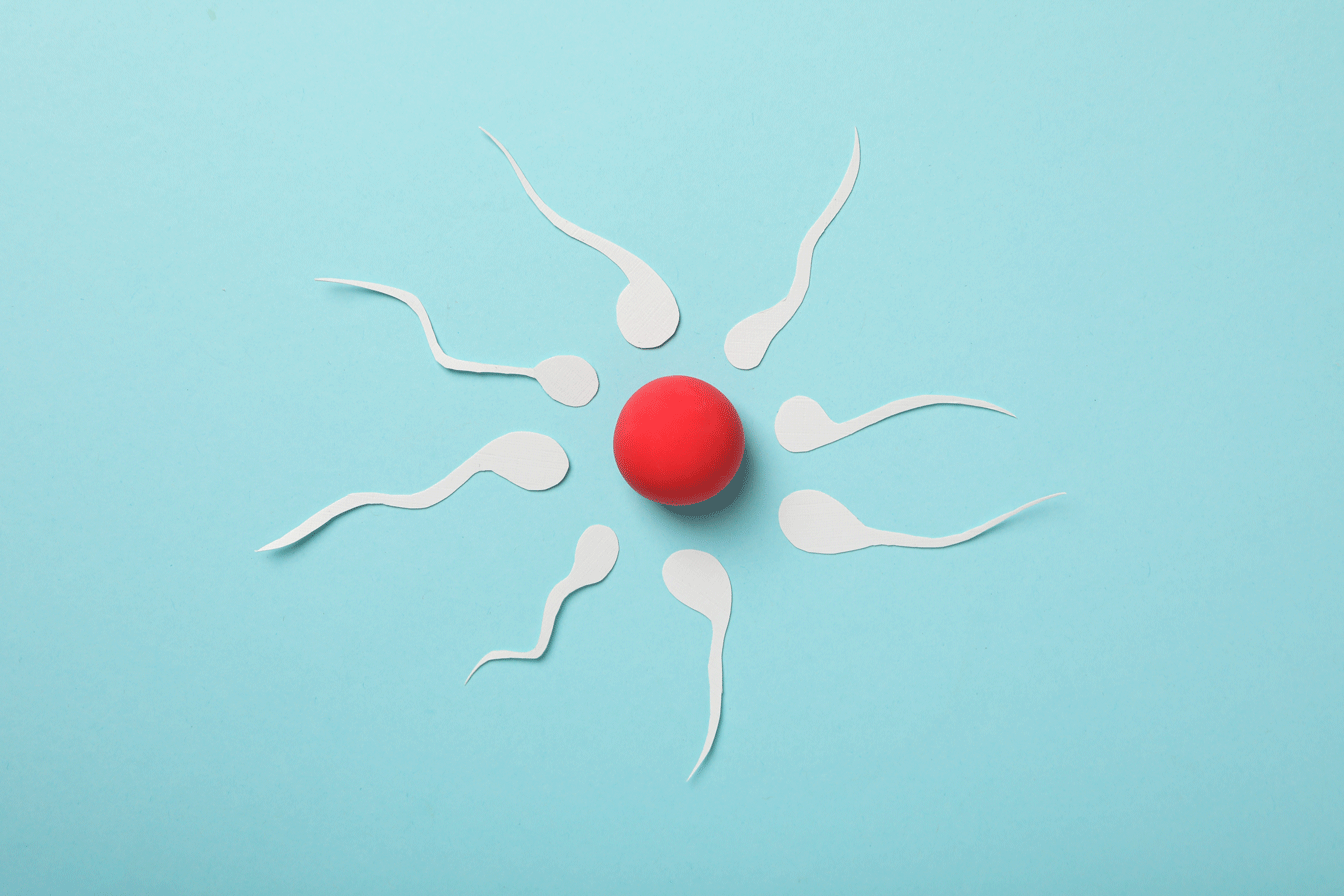It seems that interest in children is growing, present in advertising for children's products on television and in social networks. However, something we don't easily see is the impact of infertility, an issue that affects a significant number of couples hoping for children. Studies show that fertility rates are declining, linked to a hidden enemy: plastics.
As studies have found, microplastics and nanoplastics, invisible to the eye, are present in our bodies. These plastic particles cause great concern, especially when their toxicity is amplified by hormone-interfering chemicals such as phthalates or bisphenol A (BPAs).
Their effect on sperm
For men, infertility varies due to a decrease in sperm count and their ability to survive. Studies show that exposure to microplastics causes serious damage, reducing the survival and integrity of sperm DNA. This affects the egg's ability to fertilize and reinforces mitochondrial dysfunction.
Impact on female fertility
Even for women, plastics have a harmful impact. Exposure to microplastics decreases oocyte survival, a critical effect on eggs. Microscopic sizes of plastics penetrate protective barriers such as the placenta during pregnancy, creating risks for pregnancies.
Exceptions
Studies have also linked chemical additives such as phthalates and bisphenol A to hormone disruption, the cause of many fertility problems, including miscarriage.
In conclusion, although the threats are real, there are steps you can take to reduce your exposure to harmful plastics. It is advised to avoid products containing phthalates and use safe alternatives, such as glass bottles. The use of synthetic clothing and food wrapped in plastic should be minimized. Small changes in your usage habits can make a big difference in your health and fertility.






